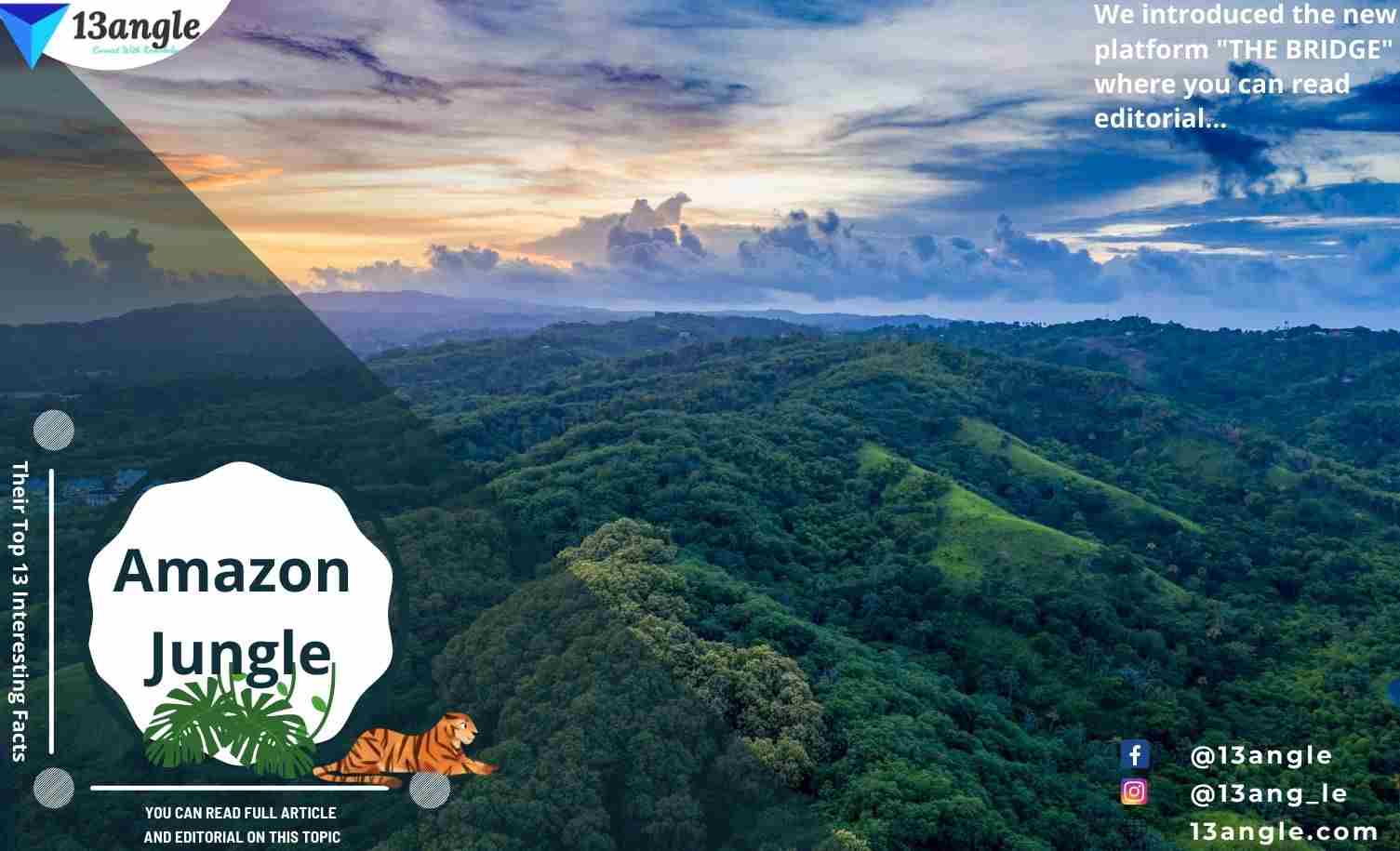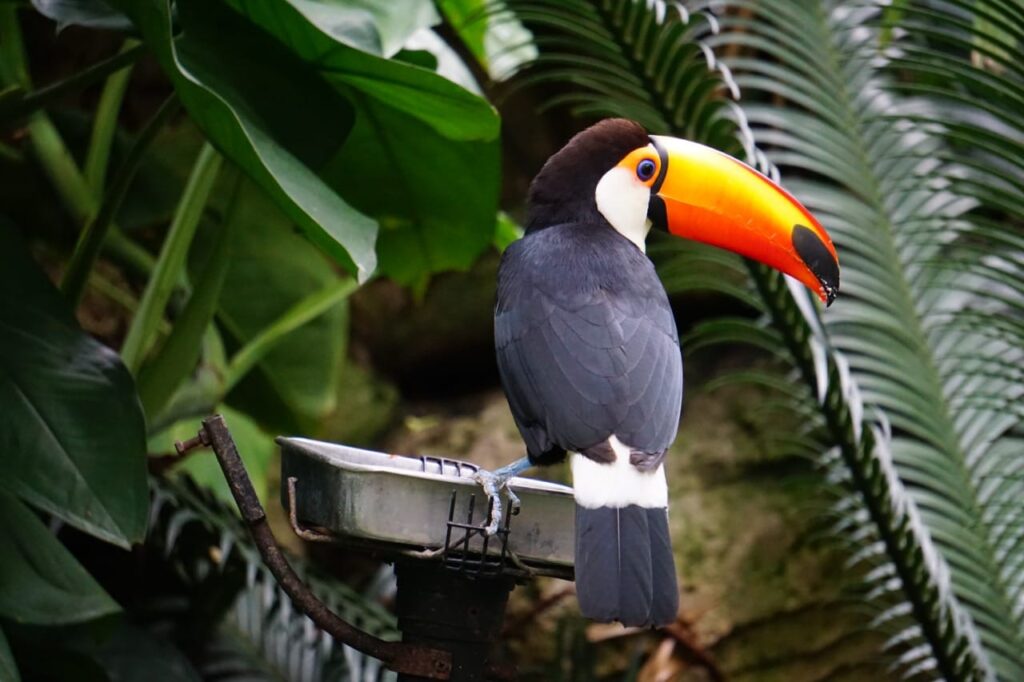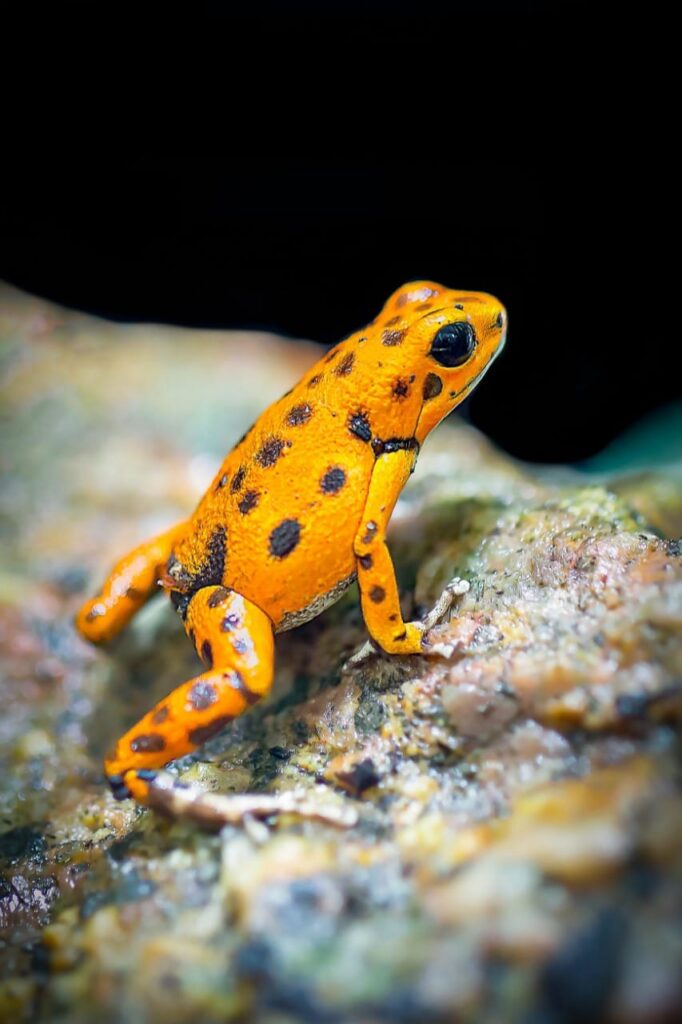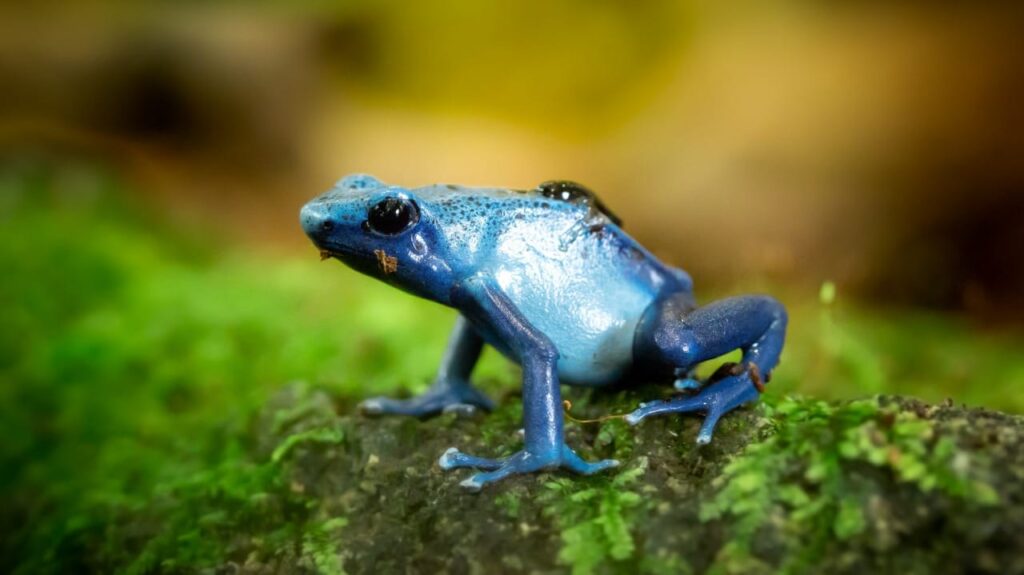Amazon Forest

Introduction
In common English, the term refers to an “imaginary” country teeming with vast wealth. The old, pink tales speak of the earth’s great fertility, as shown by the lush flora. However, myths and symbols have always had two sides: one that is appealing and the other that is unpleasant, one that is rosy, and the other that is ugly. The Amazon is a territory, a sought-after, exploited, and inhabited area that is now being developed and urbanized under the term “Amazonia.” The Northern Region is one of Brazil’s five main administrative regions, distinguished from the other four and the rest of the nation by its geography. It is a region that wants to grow and become integrated into the national territory as a result of the efforts of committed settlers.
The Amazon rainforest (South America’s tropical forest) is critical to our ecosystem. It is referred to as the “lungs of the planet” since it generates a significant proportion of the Earth’s oxygen. It has one of the highest levels of biodiversity in the world, with thousands of animal and plant species. However, different logging activities have resulted in widespread forest degradation. Between 1978 and 1998, about 98 hectares were destroyed. Deforestation of tropical forests (and therefore of the forest) is a major contributor to climate change (melting glaciers, extreme weather patterns, etc.).
Daily deforestation is growing, and if this slaughter is not halted, the implications may be dire…
Life In The Amazon
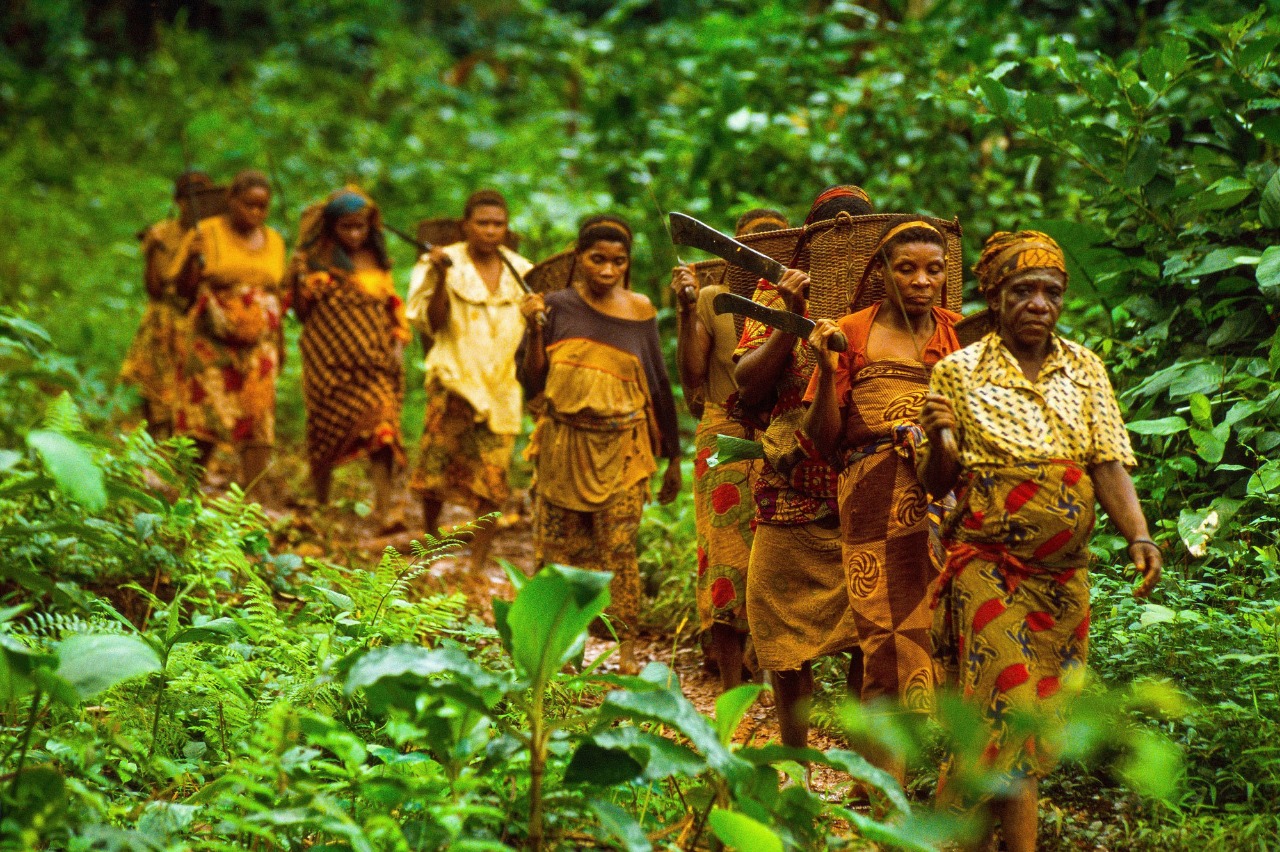
In the Amazon there are several peoples: The Arawaks, Wayampis, Emerillons, Palikurs, Galibis and Wayanas.
The Amazon alone is home to (almost) half of all animal species on Earth. Many of them are confined to that area. Animals are found on every level of the forest. On the same tree, there are 43 different kinds of ants! The tapir is one of the biggest terrestrial creatures in the forest. It reaches a height of up to 1 m and weights up to 200 kg. Numerous monkey species, including the marmoset, dwell above the canopy. The vibrantly colored macaw parrots and the toucan, with its huge, multicolored beak, also dwell in the towering tree foliage. Peccaries, a kind of wild pig, rodents such as agouti, spiders (e.g. tarantulas), snails, and a variety of insects such as ants dwell on the ground. The jaguar is one of the biggest predators in the jungle, capable of swimming and climbing. Not to mention the harpy eagle, which nests in the highest branches, secure from intruders. Bats are abundant and only emerge at night. In 2002, the Amazon had about 22,000 recognized species of vegetation. These are classified into three categories: 60 to 35 meters is the canopy. This is the highest level of the forest (it also receives the most light). From 35 to 10 metres, this is the undergrowth. This part of the forest still receives some light, but less than the canopy. This is also where lianas and orchids grow. Below 10 metres, it is the ground. And only a few rays of sunlight reach here.
What Might Surprise You About The Amazon Forest
The Amazon is not just a forest; it is a territory unto itself. In ten years, the northern region’s urban population almost quadrupled, which would not have been feasible without the Amazon. The region remains a sparsely inhabited, vast expanse where 7% of the world’s population lives in rural areas. Regardless of this, migration has been a primary driver of development and population expansion. The legal Amazon covers 59 percent of Brazilian land and comprises the seven northern states, as well as northern Mato Grosso and western Maranhao. The Northern area has a population of about 20 million people, with over one million people living in Manaus and Belem. In these two megacities, the forest seems to be a distant memory.
The border has a plethora of meanings, both good and bad. A manufacturing zone is being created in the Amazon. In the Amazon, the border stretches across colonized regions that are being organized and modernized yet are desired by a variety of players. The expanding pioneer front is altering the Amazonian forest’s image. It is essential to portray it in a manner that is distinct from the stereotypes outlined above.
There is no uniformity in the Brazilian Amazon’s relief, temperature, soil, and therefore forest. Terra Firme’s “Mata Densa” forest is composed of gigantic trees that reach a height of 40 to 50 meters and have an extremely thick canopy. The Varzea forest is densely forested with “hard” species. The Igapo forest is composed of small-to-bigger trees with heterogeneous stands. The terra firma forest is not uniform.
The Igapo forest is a swampy land with hydromorphic soils, always flooded, with dense but low vegetation, poor in quality, and totally inextricable. The most accessible lands in the past are the least accessible today since the opening up of the Amazonian road system by the State. It is also one of the last places in the world where man has not been able to exploit some species that are not exploited due to technical difficulties.
Forests are being destroyed, but mostly along highways. The occupation of the Amazon is accelerating with the development of agricultural and livestock projects that require large, destructive clear-cuts. All of the federal state’s colonial efforts have been very damaging. This is the case of the forest alterations noted in the state of Para, which is very affected by deforestation and where the rate of destruction is accelerating.
Why It Is An Emergency

The Amazon rainforest’s mining industry focuses on precious metals (gold, diamonds, etc.) as well as hydrocarbons like oil and gas. Establishing factories (sometimes very big ones) in the middle of the forest results in the loss of thousands of hectares of forest. These factories use a significant amount of energy to function. Thus, the same issue as with forestry operations arises: routes to carry electricity, employees to open the doors to fields, and an increase in the pace of destruction. Mining corporations’ pollution is harming the Earth. Indeed, one mining business generates 300,000 tons of trash each day on its own.
Agriculture is a byproduct of forestry and mining (as we have shown earlier, the roads built to evacuate the wood have been a consequence of logging and mining). Soya is the primary source of these many exploitations. Indeed, Brazil is the world’s second-biggest exporter of soya, a commodity whose global demand has skyrocketed due to two factors: China has shifted from exporter to importer and status, and Europe requires a massive quantity of soybeans in light of its meat-free policy. Grosso concentrates a significant portion of the soybean crop. As shown in the satellite pictures below, soybean production has resulted in significant deforestation in less than four years. Indeed, soybean plantations’ surface area grew from 0.8 million hectares in 1984/1985 to 4.6 million hectares in 2002/2003, while output climbed from 1.7 million tons to 13.4 million tons over the same period.
Since the rubber cycle ended in 1920, the Amazon has been in a profound state of dormancy. The federal government took an interest in this promising area in the 1970s. The state thinks that it must occupy the Amazon in order to maintain control over the northern area. This was only feasible because highways were built to ‘integrate’ the Amazon into the national area.
In the sake of national unification, the Amazon of rivers became the Amazon of highways. The development of roadways enabled both indigenous and non-indigenous people to travel freely. Additionally, this strategic, economic, and social unity enabled the regime to resist change. By moving some of the ‘landless,’ the Northeast’s riots and revolts were contained, turning the area into a powder keg. When a road is built, settlers come in and establish new communities.
Loggers create forest penetrations, which settlers, farmers, and herders utilize to go farther afield. This distinguishes road clearance from agricultural and pastoral clearing. Since the state began occupying forest areas, the Amazon has become an integral component of the national economy. However, deforestation is very unequal throughout the northern region’s states. The first pioneer fronts were identified in southern Para and Rondonia and then advanced farther north into Amazonas, eventually reaching the Manaus area.
Migrants from the south came through the Brasilia-Belem or Cuiaba-Porto-Velho routes, while those from the northeast traveled via the Transamazonian. Displacement of pioneer fronts and widespread occupancy of the land accelerates land clearance and migration and acts as a sledgehammer to force people from their homes.
Since the 1970s, Brazil has been colonizing land. The reception of migrants from Nordeste and Rondonia served as the basis for public colonization. Private colonization, whether by people or businesses, facilitated the entry of well-off farmers with a certain level of expertise and startup money. On the other side, spontaneous settlement penetrated all areas around public and private initiatives. Due to its prohibitively high cost and inefficiency, the state chose to discontinue it.
The Amazon’s ‘free’ lands were and continue to be a solution for landless peasants in the Northeast; significant slash-and-burn agriculture was developed. The weak, gullied soils of low fertility support agriculture for two or three years. Because livestock farming seems to be more secure to investors, it has grown more quickly than crops. Agriculture has been critical in the colonization and growth of the rainforest.
The state of Para is the largest exporter of Amazonian wood, accounting for more than 80% of all tropical timber exported. Foresters have been increasing their income by using suitable equipment acquired via significant expenditure. The state has established a network of small and medium-sized urban centers as a consequence of the region’s colonization and road construction. On the dense road axis, a network of communities with industrial and commercial activity has been created. The growth of these communities is partially dependent on revenue generated by forestry operations, which are a significant source of revenue for the local economy. These towns are being built as part of a broader French government initiative to build a new kind of city in the country.
Consequences Of The Disaster


There is an imbalance in the Amazon, both at animal and plant levels. Animals are being pushed out of their native habitats as a result of agriculture and the increased human presence. Indeed, they are incapable of adapting to the “new way of life” and therefore gradually vanish. This is all the more concerning given that fewer than 10% of the Amazon’s animal species have not been recorded: what a waste of knowledge! On the other side, plant species are vanishing as a result of deforestation. The loss of these many medicinal plants is very sad. Additionally, it is critical to understand that when plants die, the animal species that eat them perish. The most dramatic example is the Chinese panda, which is threatened with extinction owing to deforestation.
The industrial exploitation of wood has a very heavy impact on the forest. Indeed, the amount of woodcut is constantly because the exploitation of the forest is not yet economically profitable. The wood from the Amazon is used for various things such as furniture, plywood…
There are 2 types of tree cutting: clear-cutting (when the operators cut all the trees in the plot of land they are interested in, even if they are not of interest even if some of them are not saleable) and selective felling, which consists of cutting down a cutting the desired tree (mahogany, for example) without cutting the other adjacent trees. The cutting of a single tree can lead to the destruction of many neighboring trees. The parts of the forest affected by selective felling cover an area as large as that of clear-cuts. The roads built to evacuate the cut timber open the door to other activities such as agriculture and hunting, which increase the rate of deforestation.
Additionally, deforestation is believed to have an effect on the climate. Indeed, local climatic variations (drought, excessive rainfall), as well as worldwide climatic changes, have influenced the ecosystem’s alteration in recent years. Although these climatic changes cannot be proved scientifically, there is every reason to think that deforestation in the Amazon is a significant contributor to global climate change, as shown by melting glaciers, flooding, and record heat.
The foliage of trees protects the soil from wind and water erosion. This is because it has the capability of having wind speed. Additionally, the forest shields the soil from adverse weather. Water is eroding the soil and making it less productive as a result of the water from and the power of the wind (the humus disappears). As a result, the forest acts as a protective barrier against soil erosion, which inhibits plants from developing.
On the economic side, it is clear that this is beneficial for Brazil. Indeed, the nation has grown to become the world’s biggest supplier of paper “as a result” of Amazon forest cutting activities. The deforestation of the forest is accepted by the Brazilian government because in the short term it represents an economic growth factor. However, in the long run, it is catastrophic, since deforested lands soon become uncultivable. Also, many jobs have been created for the sustainable development of the forest and this would lead to a large wave of unemployment if the forest is completely cleared.
Deforestation not only causes environmental problems, but it also threatens the indigenous population living in the forest. They live off the resources of the forest and the reduction of their land prevents them from fishing or hunting freely. They are often very unhappy about the “colonization” of their land and some are victims of their land and some are victims of diseases introduced by foreigners.
Following the boycott of tropical forest wood, environmental NGOs (Non-Governmental Organizations) have suggested a new solution: timber may be sold provided it is certified as safe by businesses. An accrediting body gives a certification organization the authority to certify a forest. This organization establishes certification standards for the forestry activity in question. This forestry operation compiles a list of requirements (details of the tasks to be carried out ordered by a contract signed beforehand). The certification authority verifies that the specifications adhere to all applicable requirements and certifies or disapproves of the sale of wood from this forest. The certification authority verifies that the specifications adhere to all of the established criteria and certifies or disapproves of the sale of wood harvested from this forest. Nowadays, the majority of certified forests are concentrated in the Northern Hemisphere, owing to the high cost of certification (This is a problem for forests in countries with limited resources such as Brazil). This solution is not very effective and personally, we think that environmental NGOs and forestry companies use this as a competitive business argument as a commercial argument for competition: the NGOs in order to be more recognized than their “rivals” and the forestry companies to have a better turnover and better publicity than their competitors. They also do this to maintain a “good conscience,” in our opinion. While eco-certification is not the optimal answer, it is a means of changing attitudes and achieving some modest changes.
Forest conservation is a realistic and, at first sight, simple solution: the government designates a proportion of forest for which agricultural, forestry and mining activities are banned. The government establishes a proportion of forest that is off-limits to agricultural, forestry, and mining operations. This protects these regions and guarantees that the Amazon forest is not threatened, at least not entirely. However, it is not as straightforward as that. This approach is very costly, and not all nations can afford it. The International Forestry Research Centre (CIFOR) therefore had the idea of selecting (according to biodiversity…) numerous forests with the aim of making them part of UNESCO’s heritage. Thus, the reserves ensure the preservation of various woods. However, a new issue emerges. Indeed, a nature reserve requires significant financial investments, which obliges the countries of the North to participate in this solution, and not everyone agrees. It is still one of the finest options, and we may witness more advancements in the next years.
Agroforestry is a new name for an old practice of combining trees with crops, sometimes with the presence of livestock on the plot. The goal is to create a natural cycle in which the trees’ foliage shields the soil from erosion while allowing for plant growth. Because the soil absorbs rainfall, it has a greater amount of organic matter (helping the growth of plant species). The soil is further improved if animals are present on the land that has been depleted and abandoned by farmers. In the Amazon, the aim is to replant trees on land that has been depleted and abandoned by farmers, and to implement the principle of agroforestry explained earlier. As a result, the approach would save the forest against intense agricultural use (the farmers would go to these lands instead of destroying the Amazon). However, indigenous businesses are ill-equipped to manage forests sustainably. They are only profitable when harvesting is intensive, whereas agroforestry requires fewer employees (because of less work) but much more time. There would also be consequences for the local population working in these large enterprises. The forest provides a livelihood for local people to live, but cutting down the large infrastructure would lead to a large wave of unemployment. The sustainable management of a forest is difficult to ensure for a country like Brazil because it requires a large investment. Agroforestry (synonymous with agroforestry) could therefore be a good solution, but like those outlined above, it also contains its own set of constraints.
How The Forest Has An Impact On The Economy

JBS, the world’s largest meat producer, was caught red-handed purchasing cattle from an economic organization penalized by the Ibama for unlawfully deforesting the Amazon. AgroSB, one of the biggest cattle producers in the nation, was fined R$69.5 million for unlawful deforestation in the Pará municipality of So Félix do Xingu. The business is a subsidiary of financier Daniel Dantas’ Opportunity Group, which supplies cattle to JBS. AgroSB, the business that operates Rio de Janeiro’s Lagoa do Triunfo farm, has been accused of neglecting to clear vegetation from the property. The business disputes this and claims that since purchasing the property in 2008, it has never destroyed any vegetation. AgroSB’s business strategy is based on the purchase of open and degraded pastures that are fertilized, recovered, and repurposed as high-intensity pastures or cereal plantings.
The majority of cattle ranching is concentrated in the so-called “legal Amazon” but part of the soy plantations are located in the north of Mato Grosso – whose biome is Amazonian. Although to a lesser extent, soy plantations also contribute to forest destruction. In 2018, a study revealed that soy plantations illegally occupy 47,300 hectares of deforested forest in the Amazon – an increase of 27.5% from the previous harvest (37,200 hectares).
The Brazilian Association of Soybean Producers (Aprosoja Brasil) published a note in which it condemned the fires in the Amazon forest in areas of vegetation and agricultural production in northern Brazil.
JBS was a major contributor to political campaigns in 2014, contributing more than R$500 million to the election of governors, state deputies, federal deputies, and senators across the nation. Following the arrest of JBS founders Joesley and Wesley Batista in 2017, the firm ceased financing elections, although officials associated with companies convicted of environmental violations contributed to at least 117 elected deputies and senators’ campaigns. The inquiry is concentrating on environmental crimes committed across the nation, not only in the Amazon.
Conclusion
The Amazon, located inside the Brazilian national territory, is a wellspring of riches worthy of superlatives. Brazil has significant challenges in the Amazon. It is a unique area that is at the epicenter of many ecological, economic, and geopolitical problems. The state has chosen to massively utilize all of its resources and to develop the area via integration into the national space.
Extractivism is still very much alive and thriving, as shown by the exploitation of Hevea brasiliensis, the species whose sap yields rubber, the collection of Para nuts, and the exploitation of Amazonian woods like cedar, mahogany, and so on. These woods are marketed internationally as premium woods, as well as lumber and plywood, and constitute a rising industry. The “offcuts” of these same trees are converted into charcoal, which is historically utilized in Brazil’s steel industry and will enable the development of a series of iron and steel poles in the eastern portion of Para in the future. Varzea and Igapo are not utilized in the Jari project for pulp manufacturing.
Parallel to extractivism, the federal government is establishing agricultural and pastoral systems in order to boost the region’s revenue. Nonetheless, there is a significant disconnect between the exceptional, grandiose initiatives planned by the state for the Amazon and reality in all of these regions. Too often, project execution falls short of original expectations. The Brazilian state desired rapid modernization in the area of large-scale development and mining resources.
The state quickly expanded the number of highways connecting the Amazon to Brazil, enabling the development of the Carajas mine with its 18 billion tons of iron at a 66 percent grade, as well as the Serra Pelada’s bauxite, manganese, copper, nickel, and gold resources. These mineral resources, which fuel exploration, are evacuated or exported across Brazil. The Tucurui dam on the Tocantins River enabled the development of vast hydropower potential.
Economic stakes are enormous, and non-Amazonians exploit, if not pillage, the Amazon by capturing regional circuits to the major metropolises of the Center and Sudeste. The Amazon eludes the Amazonians financially and economically. It is being deforested, damaged, and changed. The destruction to the forest is severe and started with the opening of the Amazon by road. Day by day, the harm becomes worse and worse, and deforestation continues to increase. The Amazon ecosystems are under assault from all directions by the northern region’s different development players. Each year, the Amazon burns an area the size of Switzerland… The deforestation problem continues to be worrisome. Today, the ecological stakes in the Amazon are critical. In response to these frightening facts, the world community seems to be mobilizing and attempting to enforce protective measures for the Amazonian ecosystem.



